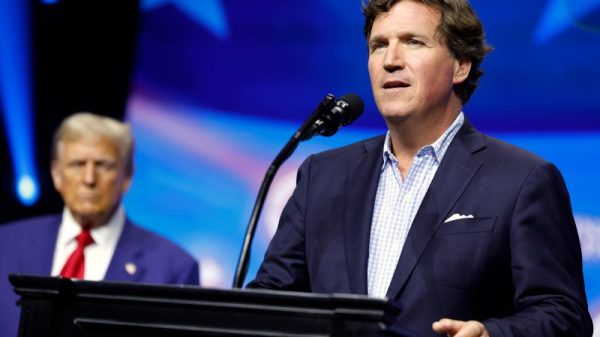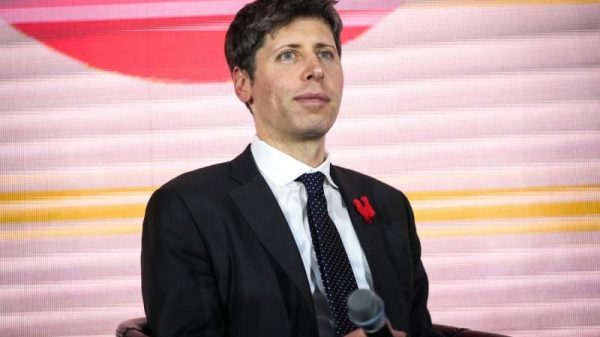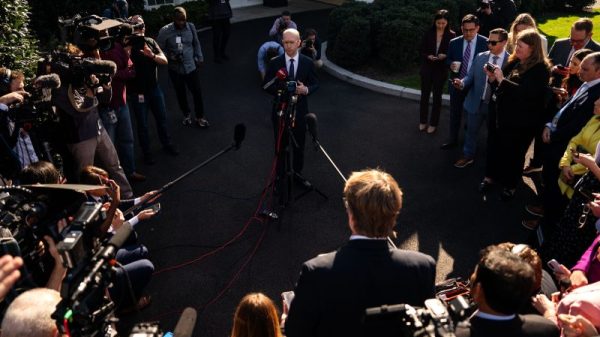Objectors to the proposed settlement of three athlete-compensation antitrust cases against the NCAA and Power Five conferences on Tuesday continued pursuing their arguments against final approval of the deal in responses to filings made hours earlier by the principal parties that included presumption revisions to the agreement and their case for a notable non-revision revision to roster limits that also are part of the deal.
Lawyers for various objectors and objector groups combined to make 12 filings during the one-day window that U.S. District Judge Claudia Wilken had established for such responses at the close of her hearing April 7 on whether to grant final approval of the agreement, which would cover roughly 390,000 athletes. (A couple of the filings were received by the court on Tuesday, but not posted to the public-facing case record until Wednesday).
At issue is the outcome of a 10-year settlement that include $2.8 billion in damages from the NCAA and the conferences that would go to current and former athletes — and their lawyers — over the 10 years and enable Division I schools to start paying athletes directly for use of their name, image and likeness (NIL) starting July 1, subject to a per-school cap that would increase over time and be based on a percentage of certain athletics revenues.
The agreement also includes new roster limits, which would be implemented in combination with the end of the NCAA’s current system of team-by-team scholarship limits. They are a major target of several objectors to the settlement. Thousands of current walk-on athletes stand to lose their places on Division I teams if the settlement is approved. And in the case of recruits in this year’s high-school senior class, objectors have said that some have been told that spots they were going to receive will no longer exist.
It’s expected that Wilken will not seek further filings from either side in the matter, leaving the door open for her to either finalize settlement or reject it at any point. Wilken has acknowledged the need for a timely decision given the coming July 1 deadline.
The NCAA and the conferences argued late Monday night, Pacific Time (early Tuesday morning Eastern Time) that the limits should remain in the settlement, as proposed, although Wilken last week offered a suggestion to phase in the limits under a grandfathering plan. On a practical level, the principals’ argument stemmed from what they said was the difficulty of potentially unwinding decisions schools already have made as part of their 2025-26 roster planning. On an antitrust law level, they argue that the overall settlement meets the requirement of being fair, reasonable and adequate and the impact of roster limits is offset by the possibility of more scholarship being offered to athletes, since those restrictions would be lifted.
Objectors on Tuesday continued their push against the roster limits, with attorney Laura Reathaford writing: “Essentially, the Parties seek final approval of this settlement based on their unilateral conversion of a preliminary approval order into a final approval order; making a mockery of the class notice, objection and final approval process.
“However, just because the schools prematurely cut people from teams before final approval does not mean this court does not have an obligation to comply with due process in finally approving this injunction. … Any settlement that violates the law and harms class members must be denied.”
Reathaford and other objectors argued that roster limits create an inequality of treatment of the athletes being covered by the settlement on a going-forward basis that is not allowed by antitrust law.
Other matters covered by objectors included:
An argument that the 10-year length of the settlement results in future athletes having their rights illegally bargained away. Wilken expressed interest in this issue last week, and the principals revised the settlement proposal to clarify, and give greater formal precision to, notice and objection and procedures that would apply to future groups of incoming athletes. Each year’s new group would be notified of the settlement and given 60 days to file legal objections that could result in a judge scuttling the deal.
However, objector attorney Michael Hausfeld contended that remains insufficient. He argued that, under due-process law, antitrust law and legal precedents, anyone covered by going-forward provisions of the settlement “are entitled to voice their concerns with the court prior to final approval. … ‘Prior to final approval’ means just that – not 60 days after a now seven-year-old child becomes a freshman in college and acts on a notice letter from the NCAA.”
Hausfeld has appeared previously before Wilken while representing the plaintiffs in the Ed O’Bannon antitrust case against the NCAA.
The question of the College Football Playoff’s role in, and legal coverage from, the settlement. This, too, was addressed by Wilken last week. Attorneys representing Florida State quarterback Thomas Castellanos addressed a more elaborate effort on this issue, making a motion to strike from the proposed settlement a revision regarding the CFP that was submitted by the principals on Monday night/Tuesday morning.
This argument contends that the initial settlement language regarding the CFP was insufficient for athletes to make fully informed decision about whether to opt out of the arrangement. Now that there is new language, whose sufficiency also is being challenged by these attorneys, athletes and their lawyers again should be given time to consider whether to opt out.
If successful with Wilken, this approach to objecting to the settlement, could delay its implementation and cause major problems for schools and conferences as they try to prepare for implementation.
Continuing assertions that the settlement’s damages allocations violate Title IX gender-equity legal requirements. Wilken has shown sympathy for this issue, but has said it has no legal backing in these lawsuits.




























